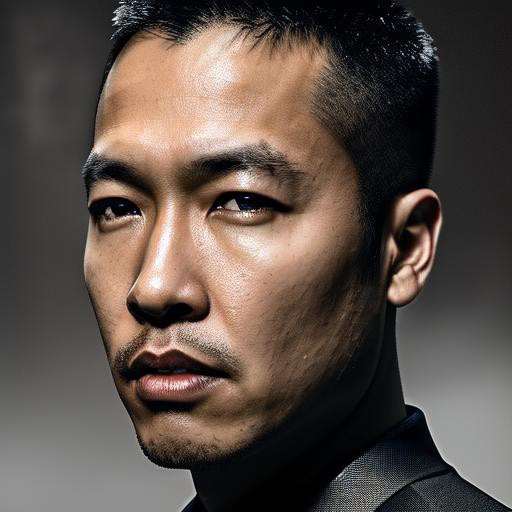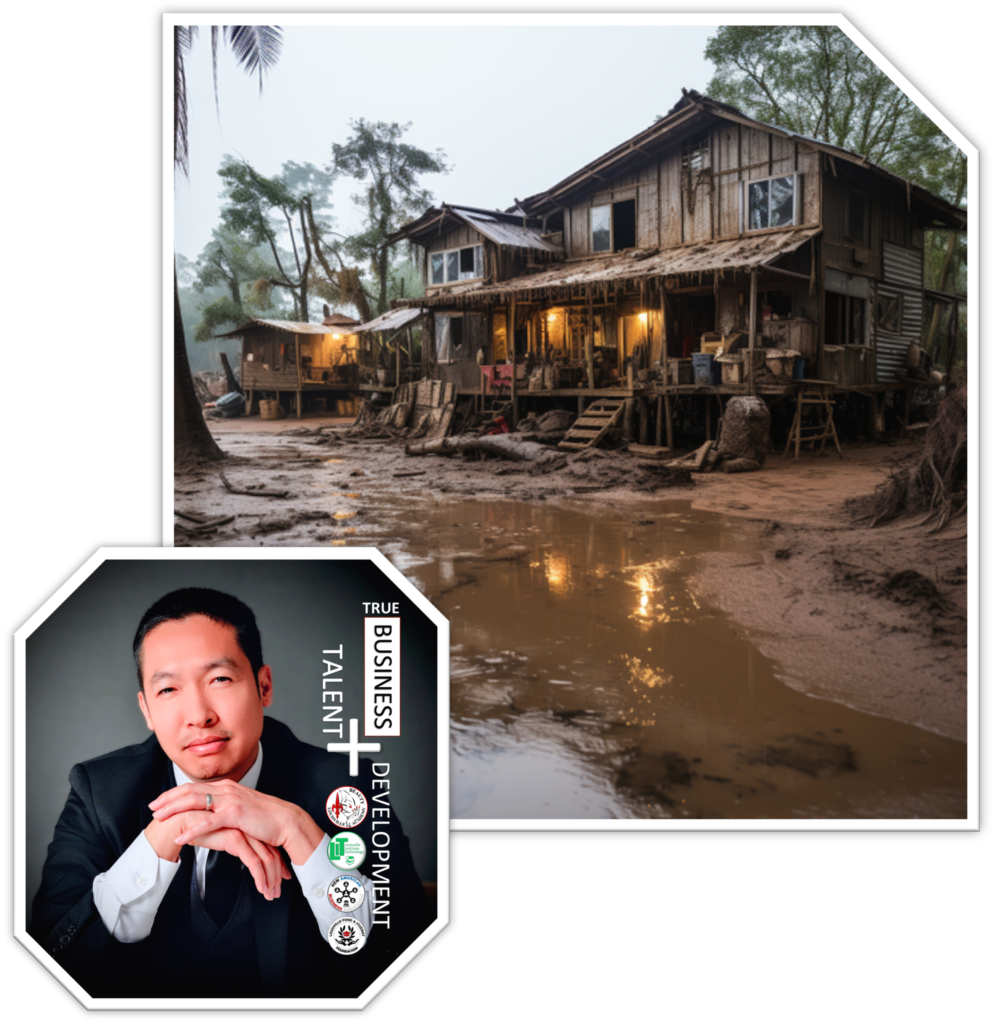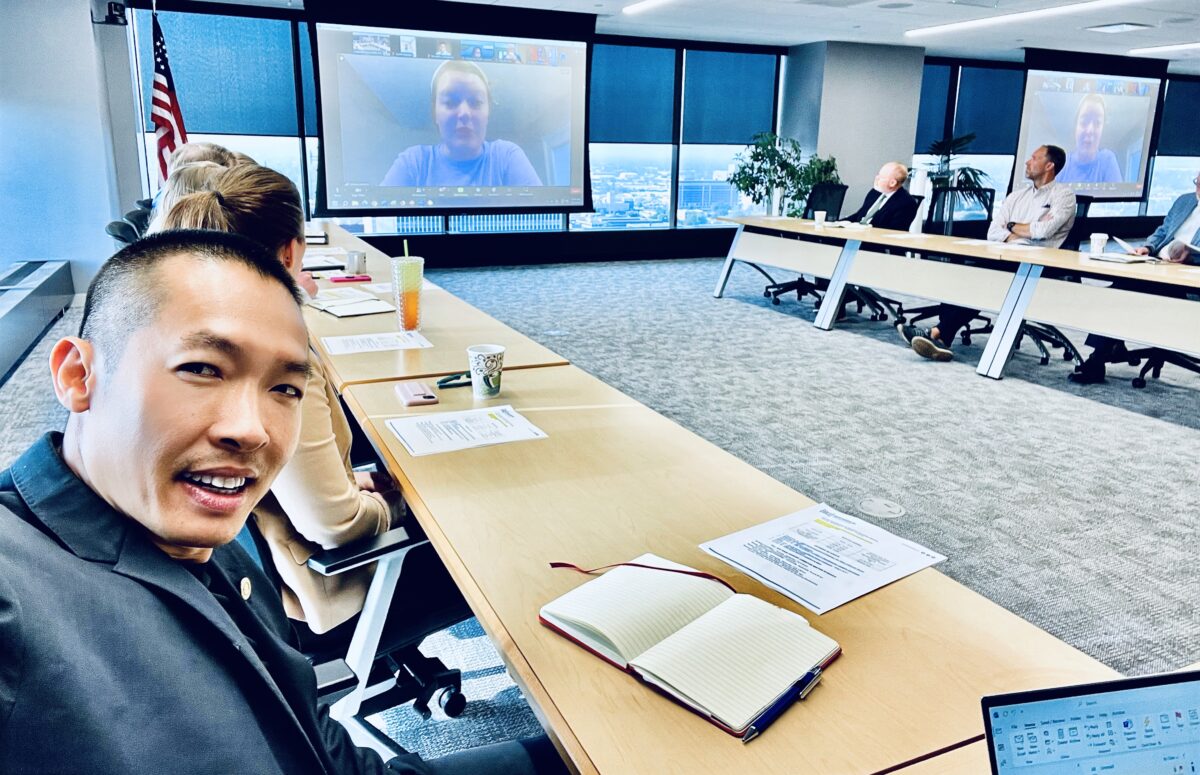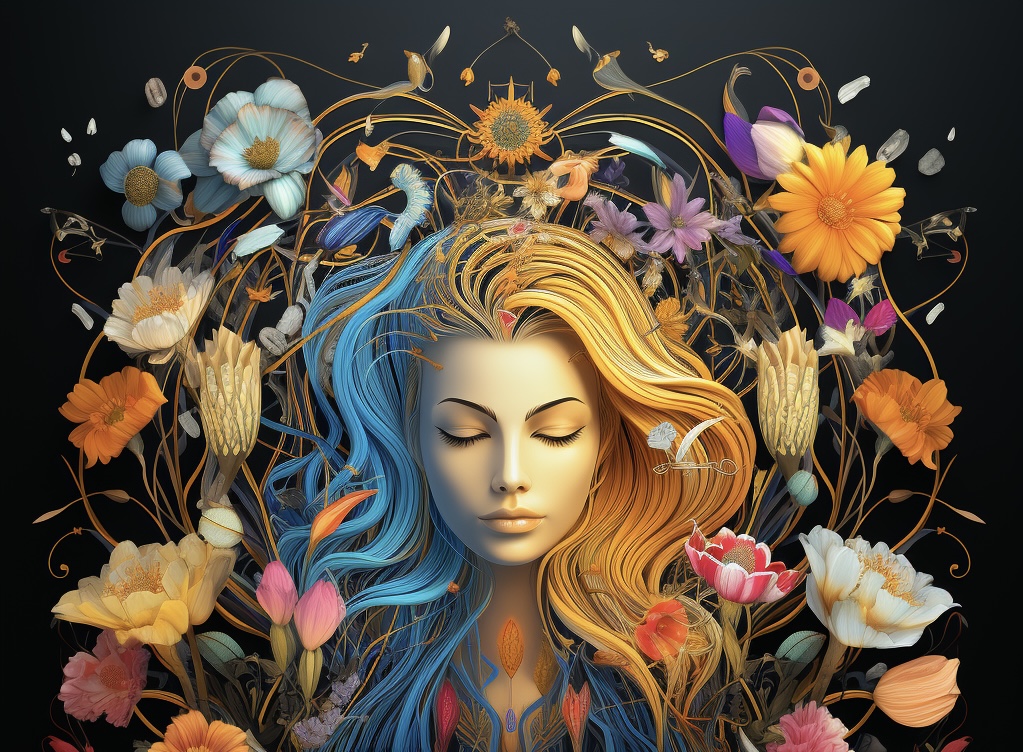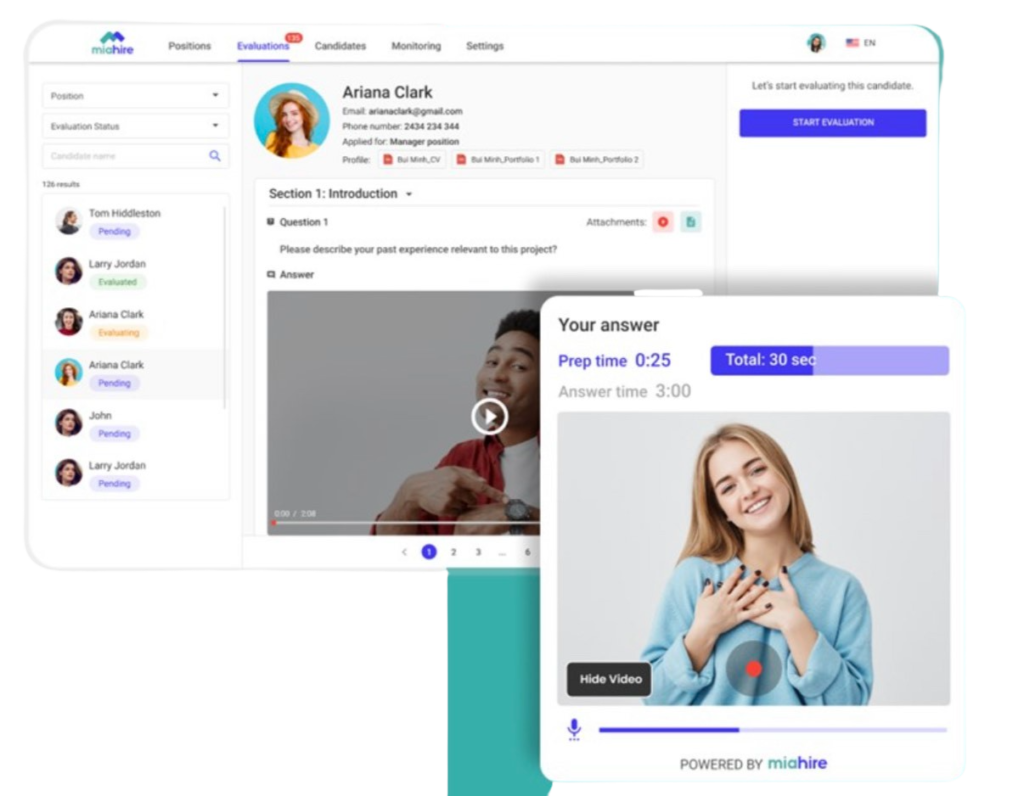In a recent podcast interview, Di Tran shared insights into his daily rituals, goal-setting practices, and what he imparts to his children about success and life. His philosophy, much like that of billionaire entrepreneur Mark Cuban, is built upon the belief that consistent, daily effort, no matter how small, can lead to significant growth and achievement.
The Power of Consistency
“I make sure I make some money daily, 1 cent counts but daily.” This statement might sound simple, but it embodies a profound lesson in consistency. For Di Tran, it’s not about the amount but the act itself, which signifies a win every day. Mark Cuban echoes this sentiment in his own teachings, stating, “Everybody goes through that process of trying to figure out who they are,” emphasizing the value of adaptability and continuous growth.
Personal Growth and Lifelong Learning
Both Tran and Cuban highlight the importance of personal development and continuous learning. Tran believes in advancing in areas of passion, whether reading, listening to an audiobook, or writing daily. Meanwhile, Cuban advises youngsters to keep their options open and continue learning new skills.
Surround Yourself with Positivity and Like-minded Individuals
Being around like-minded individuals, even briefly, can be uplifting. The synergy of collective thought and ambition can propel one forward. Cuban emphasizes the importance of evolution and change, suggesting the power of surrounding oneself with those who support personal growth.
Value in Daily Effort and Contribution
For Tran, life is about more than personal gains. It’s about adding value to someone else’s life or the world at large. This sentiment is underlined by Cuban’s belief in hard work and adaptability, always striving for one’s best while keeping an eye on evolving horizons.
Education vs. Real-World Experience
An interesting revelation from Tran’s life is his modest college grades. Yet, he stresses that formal education is just a stepping stone. “Get out of college as fast as you can to get on the real college that is life and work,” Tran advises. This resonates with Cuban’s notion that it’s okay not to have everything figured out early in life; the real lessons come from experiences beyond the classroom.
A Life of Passion and Effort
Tran’s passion is evident in his seven-day workweek. His work is an extension of his passions. Mark Cuban’s philosophy aligns well with this, emphasizing the importance of hard work and always giving one’s best.
In conclusion, the life philosophies of Di Tran and Mark Cuban offer a refreshing perspective on success and personal growth. Their emphasis on daily progress, effort, and the journey of discovery reminds us that success isn’t just about end goals but about the consistent efforts we make every day.

